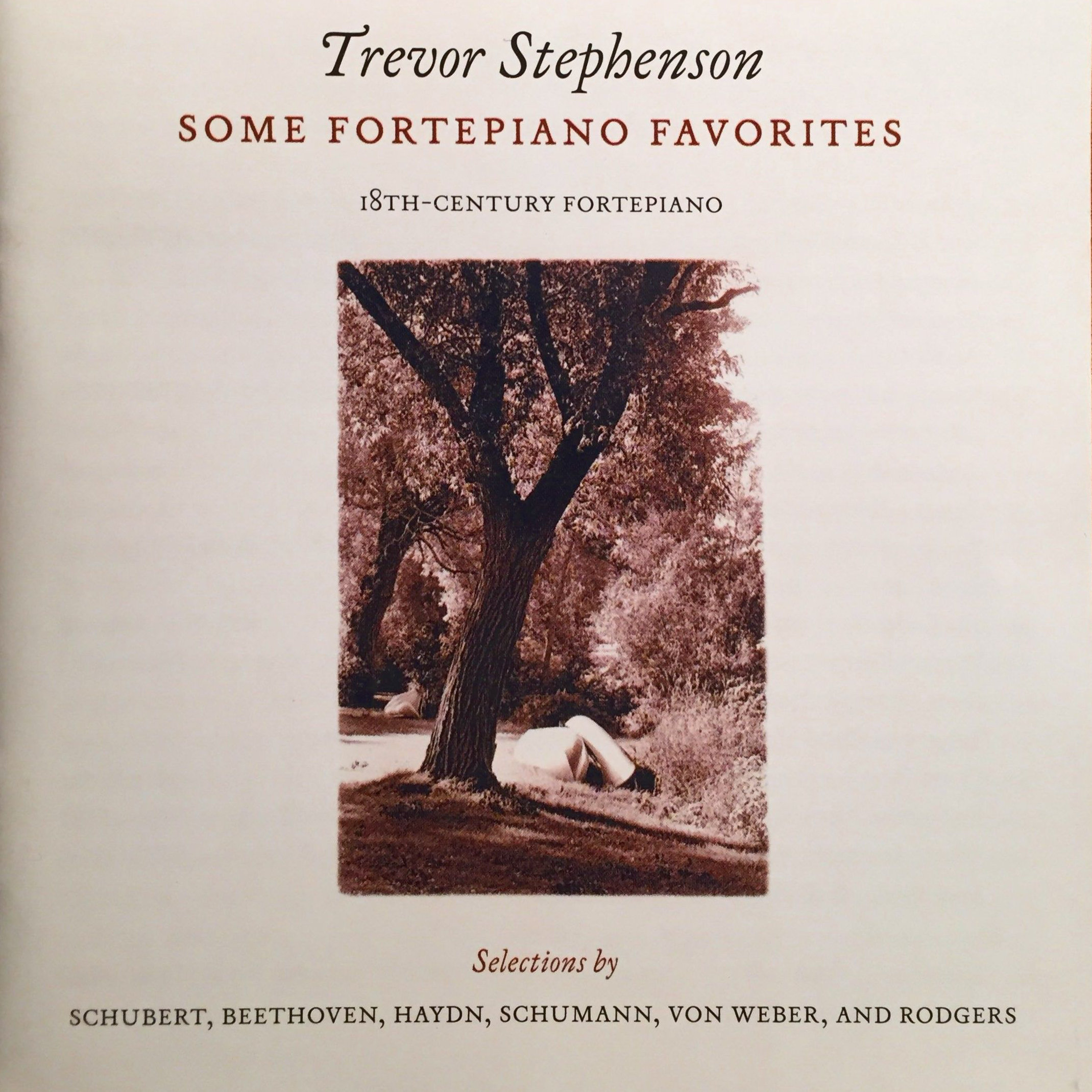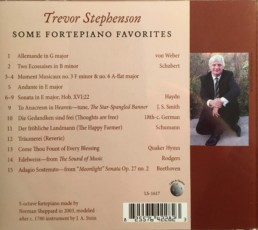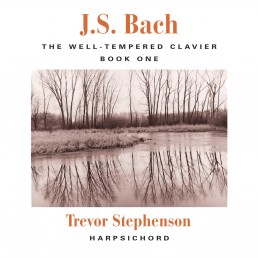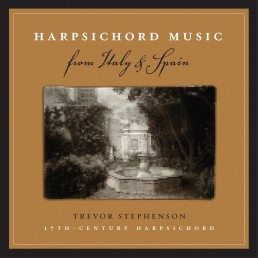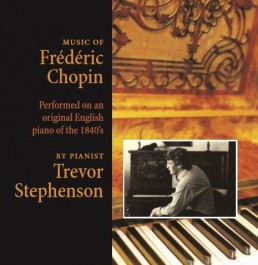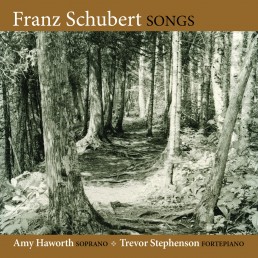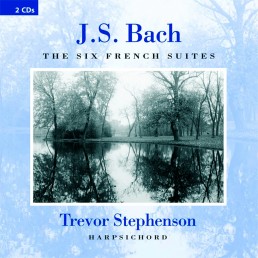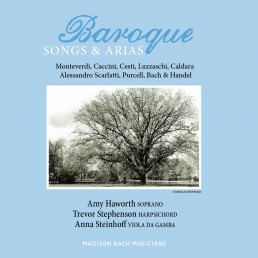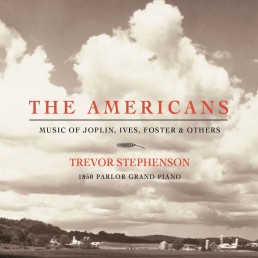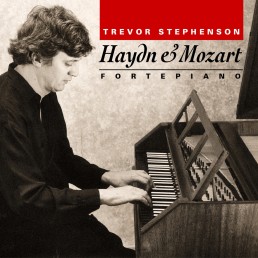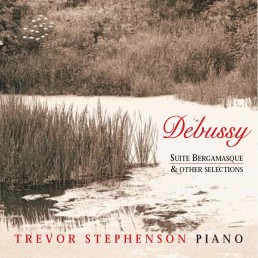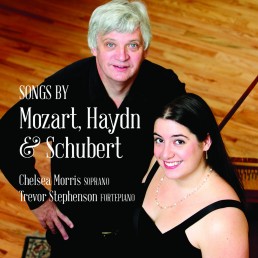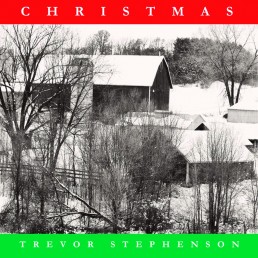Excerpt from the CD booklet essay by Trevor Stephenson:
The pieces in this album are ones that I often play during a spare couple of minutes―sometimes between teaching lessons, or before a rehearsal, or on a rainy afternoon. Many of these melodies will float about in my head―sometimes for a day or two at a whack―and will sometimes just appear while I’m doing the dishes or taking the air in the back yard. I hope you’ll agree that there are many great tunes here. And, although they typically last only a couple of minutes, they are miraculous in their structure―conveying a beginning a middle and an end in a very short span of time. As a collection, the pieces on this recording don’t really form a grand, overarching programmatic sequence, but there are some intentionally pointed juxtapositions; at the end of this essay I’d like to share a thought or two about each piece.
I recorded the album in Sauk City, Wisconsin, over the course of ten warm, beautiful autumn days in October of 2016. The location was historic Park Hall, home of the Free Congregation of Sauk County. Many thanks to the Free Congregation and in particular to their administrator Susan Larkin for her enthusiasm about this recording project and for making the space available on so many consecutive days. Park Hall was designed in the early 1880s by architect Alfred Clas―son of German immigrants who rushed to the US in 1848-49 in the wake of political upheaval throughout Europe. From its conception, the building was intended as a home for the Free Congregation of Sauk County, which had been established in that city since 1852. The room is an acoustic marvel! This is attributable in part to its near golden-mean proportions as well as to a few other design features. Very importantly, the wooden floor is sprung―that is, there is a resonating space beneath it, in this case, a large basement; thus, the floor itself functions as a soundboard for the instruments that rest upon it. In addition, the high plaster interior walls curve inward near the top, where they meet the ceiling; and this keeps the room from having too many 90-degree corners in which irritating standing waves typically form. And then―to my mind, at least―one other purely visual element seems to subtly unify Park Hall’s spirit and purpose. On the small stage beneath the lovely east windows, which look out over the city park, sits a statuette of one of the Free Thinkers founding heroes, Thomas Paine. He is seated, thinking, very low-key but directed, and his legs are elegantly akimbo.
